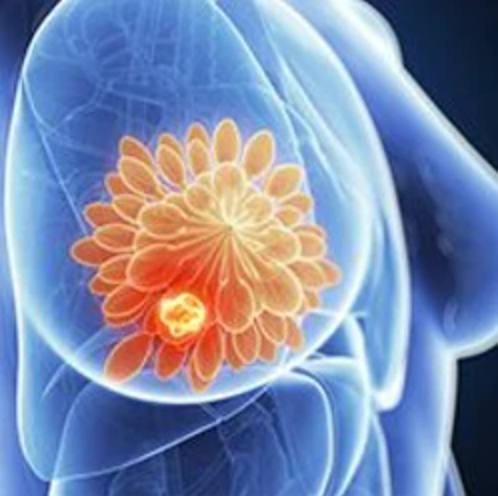Video
Dr Hamilton on the Investigation of HER3-DXd in ER+ Breast Cancer and TNBC
Author(s):
Erika P. Hamilton, MD, discusses the investigation of patritumab deruxtecan in heavily pretreated patients with metastatic estrogen receptor-positive or triple-negative breast cancer with varying levels of HER3 expression in a phase 2 trial.
Erika P. Hamilton, MD, director, Breast and Gynecologic Cancer Research, Sarah Cannon Research Institute, discusses the investigation of patritumab deruxtecan (HER3-DXd) in heavily pretreated patients with metastatic estrogen receptor (ER)–positive or triple-negative breast cancer (TNBC) with varying levels of HER3 expression in a phase 2 trial (NCT04699630).
At the 2023 ASCO Annual Meeting, Hamilton and colleagues presented data from the phase 2 study, indicating that the treatment displayed manageable safety and activity, including an overall response rate (ORR) of 35.0% (n = 60; 95% CI, 23.1%-48.4%) and a clinical benefit rate of 43.3% (95% CI, 30.6%-56.8%). Notably, the results which were presented at the meeting focused on part A of the study, which included patients receiving 5.6 mg/kg of HER3-DXd once every 3 weeks.
The trial enrolled patients with HER2-negative breast cancer, including patients typically classified as hormone receptor (HR)–positive or triple-negative, Hamilton explains. One of the key inclusion criteria for this portion of the study was the willingness to undergo pre-treatment and on-treatment biopsies to evaluate HER3 expression. Investigators aimed to determine if a higher HER3 expression was associated with improved outcomes vs those with lower HER3 expression, Hamilton says.
When examining patients with high HER3 expression (75% or greater), low (25%-74%), or negative (less than 25%), it was found that patients with low or negative HER3 expression derived numerically similar benefit compared with patients with high HER3 expression, Hamilton expands.
Hamilton adds that higher response rates were observed in patients with HR-positive disease compared with those with TNBC. However, considering patients had a median of 3 prior lines of therapy, the responses observed in this setting were encouraging, Hamilton concludes.









